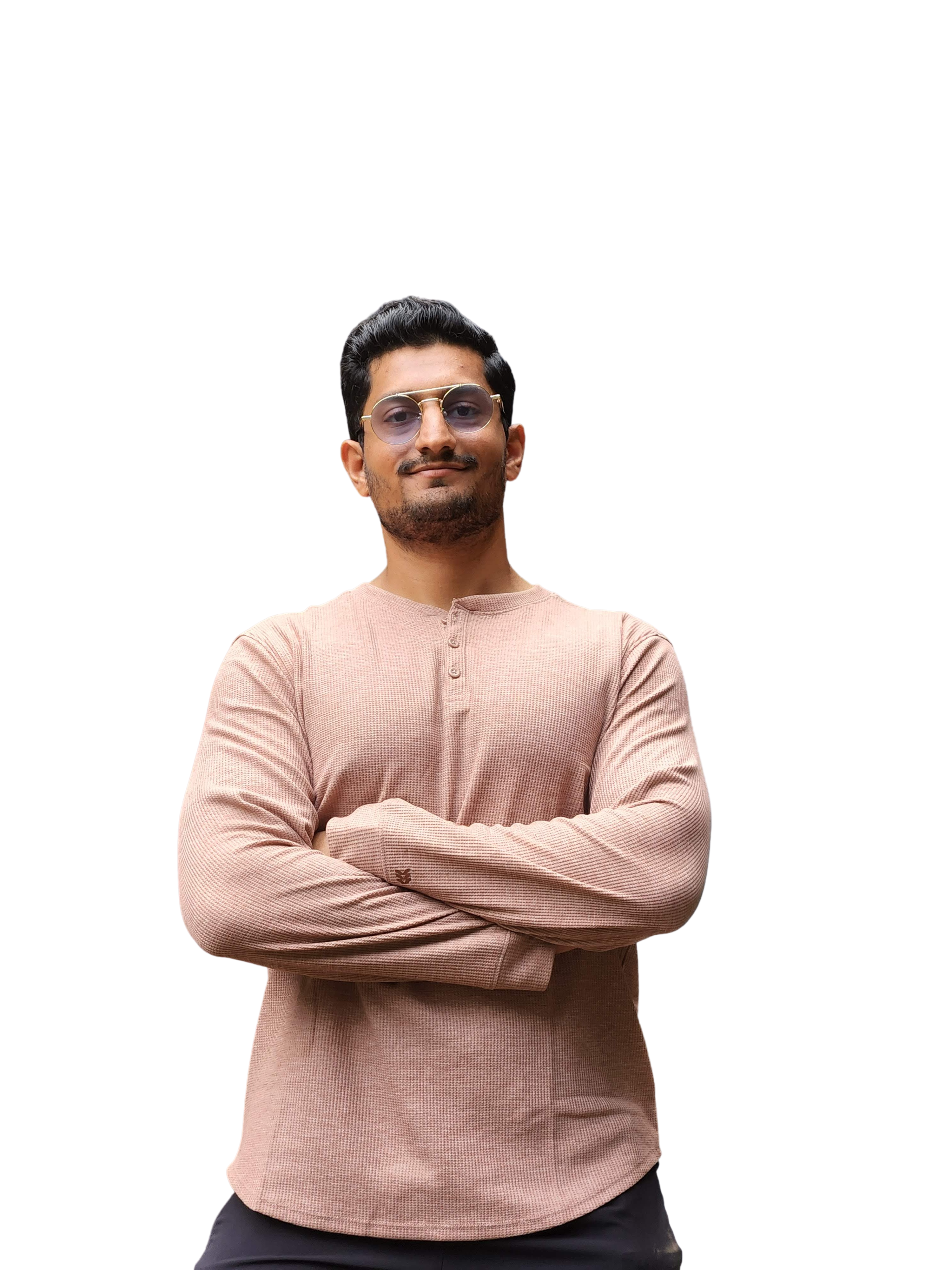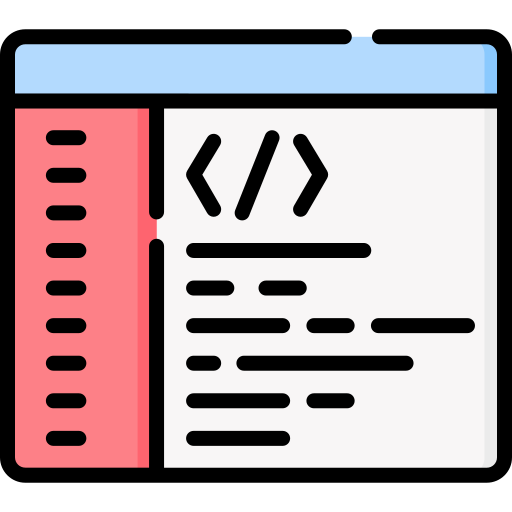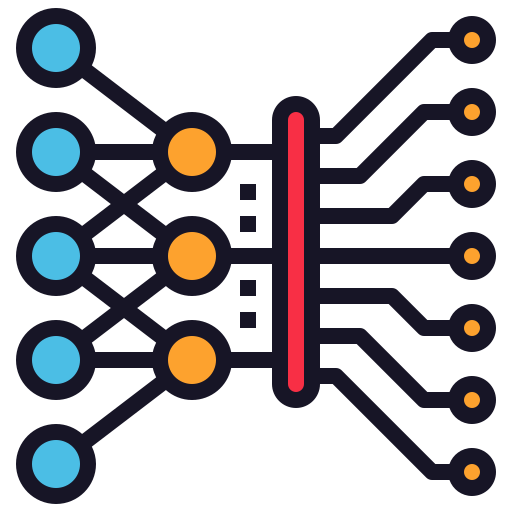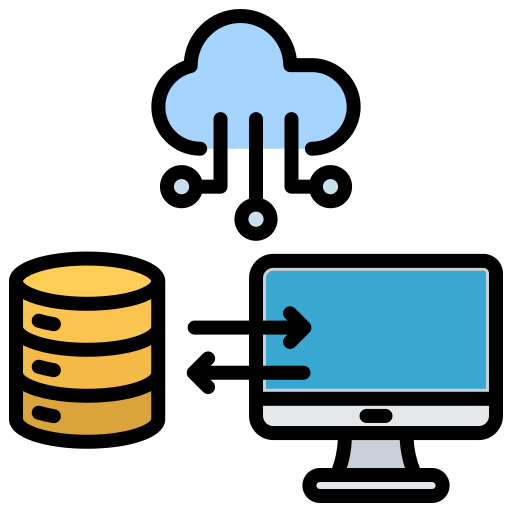Hello I am
Saumya
📊 Data Scientist
🤖 Machine Learning Researcher
🏊🏼♂️ Swimmer






@2023 FITCODER
All rights reserved
Creating Intelligent Systems
for a Smarter World

Software Development
Experienced in software architecture, design patterns, and best practices to create efficient and robust software solutions.

Machine Learning
Committed to delivering high-quality, scalable machine learning systems that meet business needs

Computational Biology
Committed to contributing to the open source community with a focus on developing computational biology and bioengineering solutions that drive innovation and improve human health.

Data Science
Skilled in communicating technical concepts to non-technical stakeholders to drive data-driven decision-making
@2023 FITCODER
All rights reserved
ML and Software Development Endeavors
Optical Character Recognition
I use a a two-part problem-solving approach to implementing OCR using Bayes and Viterbi algorithms. For Bayes, emission probability was used to compare all 72 outcomes, resulting in great but sometimes noisy outcomes. For Viterbi, the algorithm used emission, transition, and initial probabilities to pick the most common letter sequences, resulting in slightly better outcomes.
Computer Vision
Scene Segmentation using Unsupervised Learning
This project focuses on using unsupervised learning techniques, including K-means and convolutional neural networks (CNN), to improve image segmentation. The goal is to improve feature extraction and clustering functions so that spatially continuous pixels with comparable features can be allocated to the same label, and the number of unique clusters can be increased.
Machine Learning
Part of Speech Tagging
I use a three-part problem-solving approach to implementing a POS Tagger using Bayes, Viterbi, and Gibbs Sampling algorithms. For Bayes, emission probability was used to compare all 12 tags, while for Viterbi, the algorithm used emission, transition, and initial probabilities to select the most common POS tags of given words, resulting in slightly better outcomes.
Natural Language Processing
Image Transformations
Created transformation matrices based on options from command line including Translation, Eucledian/ Rigid Transformation, Affine transform. Created an inverse wrap by multiplying a homogeneous point with inverse translation matrix and used Bilinear interpolation to fill in the remaining gaps Topics Stars
Computer Vision
Improving Image Captions with Depth Maps
In this project, I experiment with the hypothesis that adding depth map information to visual genome dataset generates better scene graphs. The newly generated relations (subject - predicate - object) are used to train an image captioning model
Computer Vision
Horizon Detection
I try a three-part problem-solving approach to identifying boundaries between air-ice and ice-rock in images. The first part uses a simple Bayesian network but results are unsatisfactory, so a Hidden Markov Model (HMM) is used in part two, with Viterbi algorithm to improve results using initial, emission, and transition probabilities. Part three incorporates human feedback, using Viterbi algorithm in two directions from a point on the boundary to the first and last columns, resulting in the best results for all images.
Computer Vision
@2023 FITCODER
All rights reserved
Skills & Experiences

Jenkins

docker

pytorch

airflow

TerraForm

Node Js

GraphQL

spark

C++

python

TensorFlow

AWS

kafka

PostgreSQL

Apache Fink
06/2023-Present
Senior Data Scientist, AI & ML
Carnegie Learning
Developing Adaptive Curriculum Recommendation algorithms
Instrumenting Data Pipelines capable of handling 100K clickstream records per second
05/2022 - 08/2022
Software Development Engineer Intern
Pearson (Savvas)
Streamlined the data analytics pipelines and automated query scheduling on AWS for ETL tasks
Developed Adaptive Curriculum Recommendation algorithms
06/2018 - 08/2021
Data Scientist
Playpower Labs
Led the research and development of an AI-powered paper-based formative learning products
Spearheaded and directed cutting-edge machine learning research in Computer Vision and Natural Language Processing
Created highly scalable and reliable data processing pipelines with the ability to process million records a second
Optimised Machine Learning algorithms for performance and scalability and deployed in real-time environments using MLFlow
01/2022 - 05/2023
Software Developer
Indiana University
Designed and implemented a high-performance processing pipelines for 3D cell simulations using CUDA
Created a scalable architecture that can handle 100+ parallel simulations
Implemented a logger feature for researchers to monitor their simulations
@2023 FITCODER
All rights reserved
Publications
Using Curriculum Pacing in Learnsphere to Visualize Student Learning Trajectories
The paper proposes the development of a Curriculum Pacing workflow component within the LearnSphere environment, a visual learning analytic method for observing student learning trajectories. The component will enable multiple education stakeholders to make data-driven decisions, such as identifying difficult content areas, ensuring expected pace, and building hypotheses about student learning behavior. Additionally, the data can be used by instructional designers to compare progress with expectations, and by data scientists to develop content recommendation algorithms.
Software Development
Advanced Chemical Transport Modeling in Dynamic Multicellular Contexts Using CompuCell3D
The paper discusses the limitations of the Glazier-Graner-Hogeweg (GGH) method, a cell-based spatial model used in mathematical modeling of the transport of soluble signals in living organisms. It proposes a numerical reaction-diffusion solver for GGH models based on surfaces and an algorithm to account for the effects of cellular dynamics on coupled chemical distributions. This allows for more accurate modeling of tissues that were previously difficult to represent using the GGH method.
Computational Biology
@2023 FITCODER
All rights reserved
@2023 FITCODER
All rights reserved
Testimonials

Saumya possesses a wide range of skills in Machine Learning, Artificial Intelligence, Computer Vision, Software and Android Development. His thirst for knowledge and eagerness to learn new technologies is unparalleled. He consistently shares his knowledge with his peers, making him a valuable team member. Saumya is an excellent collaborator and has a keen ability to lead productive discussions and brainstorm innovative ideas. He places great importance on community building and works tirelessly to build relationships with others. As a senior, Saumya was not only a mentor but also a friend. He was always willing to lend a helping hand whenever I needed it. His patience and willingness to guide others made him an invaluable resource on our team. In light of Saumya's extensive skillset, strong work ethic, and collaborative attitude, I strongly recommend him for any position he may be pursuing. He would make a valuable asset to any organization lucky enough to have him.
Pratik Prajapati
Playpower Labs
@2023 FITCODER
All rights reserved



















